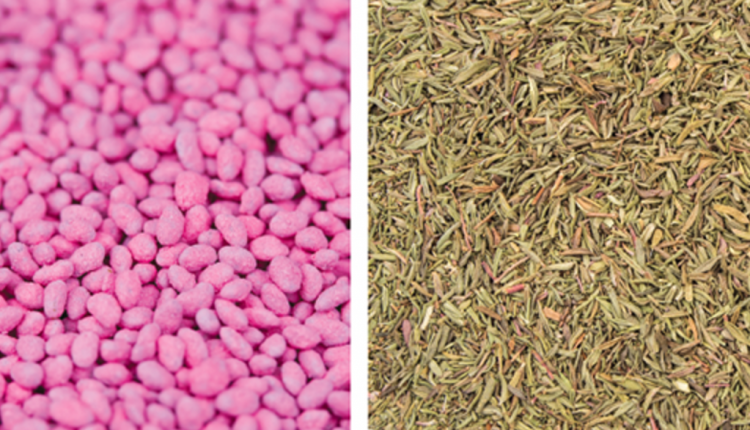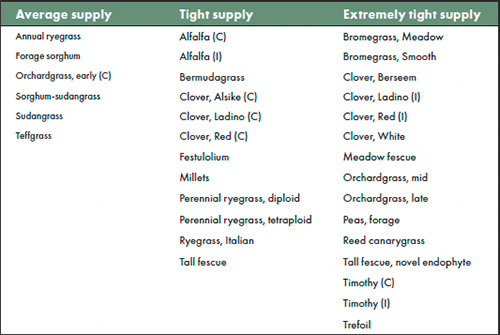A challenging year for forage seed production |
| By Dan Foor |
|
|
|
The author is the chief executive officer of La Crosse Seed in La Crosse, Wis.  Challenging growing conditions in seed production areas have cut seed inventories by up to 70% depending on the species. Forage seed production in 2021 has experienced unprecedented challenges with virtually no popular species spared. In addition to heightened competition for seed production acres because of high commodity prices, key areas for grass and legume seed production in the Pacific Northwest and Canada experienced significant heat and drought events that have resulted in extremely short supplies and rapidly rising prices. Many forage species have best case scenarios of a 15% to 20% reduction in expected supply, while some may have only 25% to 30% of total supply expectations. In short, the forage seed industry will be in uncharted territory for the foreseeable future. The best advice for producers planning on spring seedings of forage crops would be to work with your suppliers as early as possible to have your seed needs known and planned for. Also, due to the rapidly fluctuating prices occurring in the seed industry, it’s important to confirm your costs when orders are placed. The table below outlines the supply picture for most popular forage species. Common (“C”) and Improved (“I”) supplies are noted in parenthesis, and maturities are separated if there are differences in the outlook for the species. If there is no designation, the supply rating applies to both common and improved options as well as maturities for the species. The “extremely tight” designation indicates that the species will likely sell out at some point in the season.  With all of the challenges outlined above, early planning and communication will be more important than ever. The forage seed industry is committed to working through these challenges to ensure adequate supplies are available to the market. This article appeared in the November 2021 issue of Hay & Forage Grower on page 18. Not a subscriber? Click to get the print magazine. |
